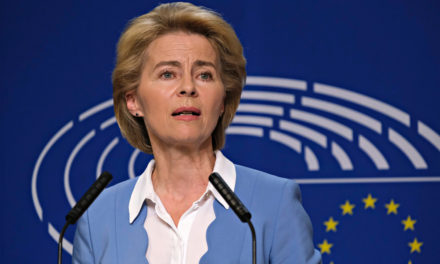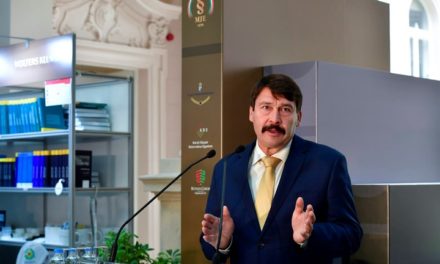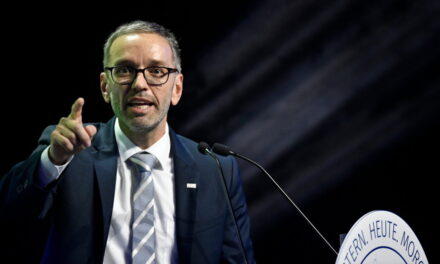That there would be a war was mainly said by the American and British intelligence - Tibor Benkő, who was the Hungarian Minister of Defense at the time the war broke out, began the conversation. Several dates were set for the outbreak of war, which were modified several times. At the same time, we thought that if Putin wants to start a war, other conditions must be available, and these were not yet available at the time. In this sense, the start of the war was a surprise.
When asked if we were the only ones who thought that no war was expected, the former Minister of National Defense answered with a firm no, saying that others thought so too. Most of the partner countries did not expect an attack, but neither did the Ukrainians: the Ukrainian defense minister visited me on December 21, 2021, even he said that it was unlikely that there would be an armed attack, said Benkő.
Of course, preparations for war began much earlier, and we were not unprepared from this point of view. It is very important, he added, that the deterrence should be such that the possibility of launching an attack does not arise in the minds of others. As he reminded: in 2014, at the NATO summit in Wales, a decision was made that the NATO action plan should be strengthened. The timing was no accident, as it was formulated after the annexation of Crimea, that is, NATO began to strengthen its defense capabilities after the annexation of Crimea.
From there, our defense alliance increased readiness and preparedness for a situation that finally occurred last year. The former minister emphasized that we, the Hungarians, played a significant role in this.
In 2016, at the NATO summit in Warsaw, the alliance insisted on the continuation of the dialogue, in addition to the enhancement of defense and the increase of deterrence capabilities. The trinity of this represented NATO's posture vis-à-vis Russia. The team reinforcement took place in four locations: Poland and the Baltic states. This meant one battalion battle group each. After that, the decisions about further reinforcements were made: the so-called four times thirty plan, which meant that NATO would have to set up thirty battalion battle groups, thirty flying squadrons, thirty warship units and create a thirty-day readiness. This decision was already made in 2018.
Hungary and the Hungarian government have already seen that there is work to be done here, so we already planned the military force development plan, the Zrínyi 2026 program, in 2015-2016 - answered Tibor Benkő when asked what we did during this time.
If a nation gives itself up, then a strong national defense is needed - he went on to explain why we made efforts to develop the national defense long before the war. According to him, it was also a good decision from a strategic point of view to think ahead, since now, when everyone wants to be armed, the line for the equipment is quite long, but we got to the beginning in time.
As he said, at the first NATO defense ministers' summit, he announced that since we are at the intersection of threats from the south and the east, we will take on the voice of this region's efforts for peace and security. By the way, we were already in a pretty good position at that time - he added - as new devices were constantly arriving. After the announcement in 2018 and the subsequent acceptance mechanism, we started setting up the command in 2020 to protect the region, he emphasized. This was also not without precedent, since – as the former minister said – the battalion battle group we set up in 2018 was certified as combat-ready, and in 2019 we already set up a second battalion battle group with NATO approval and certification. In 2020, we have already started setting up a multinational division headquarters.
Mandiner's full article here.
Author: István Pócza
Photo: Árpád Földházi













